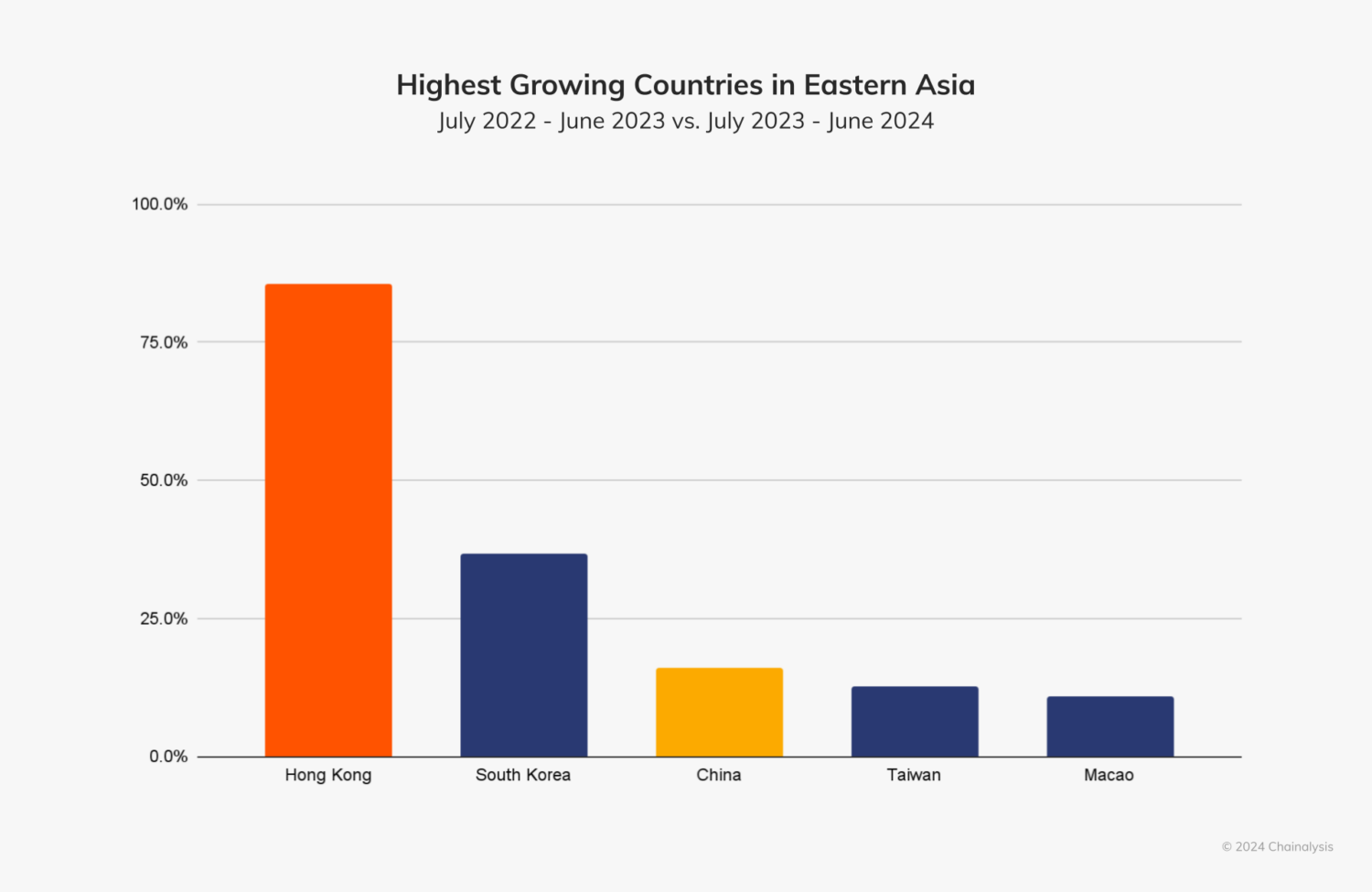Can Hong Kong Rise as Asia's Stablecoin Capital After Singapore's Strategic Retreat?
Having worked on ecosystem development for blockchain infrastructure on Arbitrum and exploring partnership opportunities in Southeast Asia's crypto ecosystem, I've witnessed how clear regulatory frameworks boost institutional adoption rates. Singapore's retreat from crypto-friendly policies creates an unprecedented opportunity for Hong Kong to capture Asia's digital asset leadership.
Singapore’s Crisis Response: A Strategic Mistake
Singapore's announcement of restrictive Digital Token Service Provider (DTSP) regulations effective June 30, 2025, wasn't strategic positioning – it was crisis management. The $3 billion money laundering scandal, combined with mounting Financial Action Task Force (FATF) pressure ahead of a critical evaluation, forced Singapore into defensive mode. From my experience analyzing blockchain partnerships in Southeast Asia, regulatory uncertainty is the primary barrier to institutional adoption. The defensive pivot by Singapore reinforces a key insight shared by many in the ecosystem – that crisis-driven policies rarely build sustainable advantages.
This retreat creates Hong Kong's moment. On August 1, 2025 – just 32 days after Singapore's restrictions take effect, Hong Kong implements Asia's first comprehensive stablecoin regulations. While Singapore tightens and mainland China remains cautious, Hong Kong has the opportunity to position itself as the region's undisputed Web3 hub.
The $600 Billion Opportunity: Why Stablecoins Matter
Stablecoins processed $27.6 trillion in transactions in 2024, exceeding Visa and Mastercard combined. With 161 million global holders and growing institutional adoption, stablecoins have emerged as the most mature and widely adopted crypto asset class. Hong Kong's regulatory framework opens access to this massive market while positioning the city for broader Web3 leadership, from DeFi to real-world asset tokenization. Hong Kong's licensed stablecoin issuers must maintain full reserve assets with clear redemption processes and HK$25 million minimum capital, which is substantial enough to ensure serious players while remaining achievable for well-capitalized startups and established financial institutions.

Reference chart from Chainalysis
The Partnership Advantage: Building the Ecosystem
Through my work in ecosystem and partnership development, I understand that successful stablecoin adoption requires more than regulatory compliance—it demands carefully structured alliances with payment processors, traditional banks, and fintech companies. Hong Kong's framework creates the foundation for these critical partnerships by providing clear liability frameworks for bank-stablecoin issuer relationships, standardized compliance procedures that reduce due diligence costs, and regulatory certainty that enables long-term partnership commitments.
Traditional banks in Hong Kong are already exploring digital asset services, and stablecoin regulations provide the clarity needed to accelerate these initiatives. We can expect innovative custody solutions, institutional trading platforms, and cross-border payment services that combine stablecoin efficiency with traditional banking trust. The integration possibilities are particularly exciting considering Hong Kong's role as a gateway to mainland China. As China explores CBDC applications and digital asset innovations, Hong Kong's stablecoin ecosystem could serve as a sandbox and bridge for cross-border digital asset flows.
My Predictions for Hong Kong's Stablecoin Dominance
Drawing from my research into ecosystem dynamics and partnership frameworks, I anticipate Hong Kong will reach three pivotal milestones within 18 months. The regulatory arbitrage opportunity created by Singapore's retreat will enable Hong Kong to capture approximately 25% of Asia's institutional stablecoin volume through its licensed issuers. This market position will be reinforced by an expanding partnership ecosystem and over 50 strategic alliances will form between licensed stablecoin issuers and traditional financial institutions. These partnerships will lay the groundwork for Hong Kong to become the leading innovation hub for next-generation digital financial products.
The Window is Closing Fast
Singapore's retreat creates a rare 6-12 month regulatory arbitrage window for Hong Kong to dominate Asia's stablecoin market. Stablecoin issuers must secure Hong Kong licenses immediately while establishing banking partnerships and investing in user education. Traditional financial institutions should evaluate partnership opportunities with licensed issuers and develop internal digital asset capabilities. For investors and professionals, this represents a time-sensitive opportunity where early positioning in partnership development, compliance, and education could provide pivotal competitive advantages.
The Adoption Challenge: Beyond Regulation to Real Usage
In my experience observing blockchain trends and having worked on a consumer-centric blockchain, it’s clear that regulations alone won’t drive adoption. The high barriers for mainstream users mean that user experience and education must be prioritized. For Hong Kong to succeed, licensed issuers need to simplify blockchain concepts, foster trust with transparent operations, design intuitive interfaces that feel like traditional banking, and offer educational resources that build confidence around digital assets.
What do you think? Will Hong Kong successfully capture Singapore's market share? Connect with me to discuss partnership opportunities in this space.
